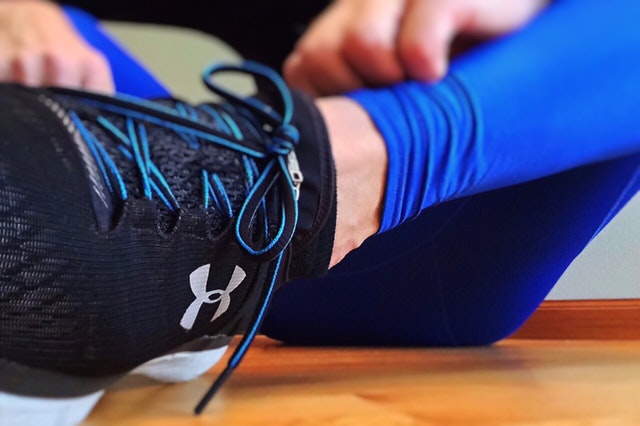The American Heart Association predicts that deep vein thrombosis (DVT) affects approximately two million adults living in the U.S. every year. DVT is a condition that often develops with no outward symptoms and can become life-threatening in some situations. Since March is DVT Awareness Month, now is a good time to educate yourself about what DVT is and what you can do to treat or prevent the condition.
What is DVT?
DVT is a blood clot that forms in a deep vein of the body, often in the lower legs. The clot can break loose from its original location at any time and travel to the lungs, resulting in what is known as a pulmonary embolism. Pulmonary embolism causes a blockage of blood flow into the lungs and can be fatal if it is not treated promptly.
Approximately half of all individuals with DVT do not have visible symptoms. The other 50% may experience the following:
- Swelling in the ankle and foot of the affected leg
- Pain that begins like a cramp and radiates to the ankle and foot
- Changes in skin color and warmth around the affected area
When signs of DVT are detected, it is important to visit a vein specialist for a thorough evaluation of your condition and treatment recommendations. At Incredible Veins, Skin and Body, we have worked with hundreds of DVT patients, helping them to manage and treat their conditions while preventing risks associated with DVT.
DVT Prevention
While some cases of DVT cannot be prevented, there are steps you can take to greatly lower your risk of developing this condition. Those steps include:
- Exercise your legs regularly to maintain healthy blood flow
- Lose weight if you are obese to relieve pressure on lower leg veins
- Get up and move during long plane or car rides to keep blood pumping
- Know your family history of blood clots and alert your physician to risk factors
- Take medications and see your doctor regularly if you are at risk of blood clots
DVT Treatment
If DVT is diagnosed, there are a number of treatment options:
- Anticoagulant drugs prevent clots from getting bigger
- Thrombolytics, also known as “clot-busting” drugs, may also be prescribed
- A procedure known as catheter-directed thrombolysis removes the clot
- A filter placed in the vena cava prevents the clot from moving to the lungs
- Compression stockings promote healthy blood flow in the legs
If you are concerned about DVT, we can help. The professional team at Incredible Veins, Skin and Body offers full evaluations of venous disorders like DVT and a variety of effective treatments. To learn more about DVT or the treatment options available, contact Incredible Veins, Skin and Body at 818-446-2995.




